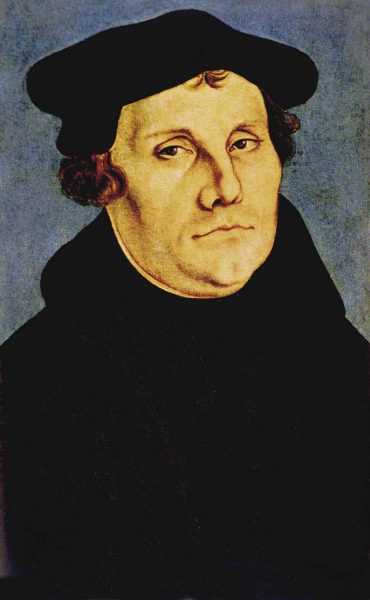
On October 31, when many Americans are dressing up as ghosts and goblins and heading out for tricks and treats, Germans are commemorating when the German monk and theologian Martin Luther nailed his proposal to the doors of a church in 1517. October 31 is the German holiday Reformation Day, or “Reformationstag” in German.
Martin Luther, also known as the father of Protestantism, was a religious reformer. Luther was unhappy with the amount of power the Catholic Church possessed in people’s lives. In the early 1500s, the Catholic Church issued documents called indulgences. These documents granted full or partial pardon of one’s sins. Although the indulgences were often issued after prayer or good deeds, they were also sold for money. In protest of certain religious beliefs and practices of this time, Luther nailed what is known as the “95 Theses” on the door of the castle church in Wittenberg, Germany, on October 31, 1517. This act prompted the start of the reformation.
In Germany, the reformation started in approximately 1517 and ended around 1648. During this time, Germany experienced an enormous amount of religious, as well as social, changes. The Catholic Church’s power between the people and God was questioned, and new Christian movements were sparked.
As a result of Luther’s insolence against the Catholic Church, the pope excommunicated him. Luther escaped to Wartburg Castle in the state of Thuringia, Germany, where he posed as a monk and directed his efforts towards making a German translation of the Bible. Luther wanted to make the Bible more accessible to all people.
The five German states of Brandenburg, Mecklenburg-Vorpommern, Saxony, Saxony Anhalt and Thuringia celebrate this holiday. On this day, many Lutherans, as well as other reformed churches, attend a service marking the anniversary of Martin Luther’s proclamation. Other people use this day off work as an opportunity to spend time with loved ones.


